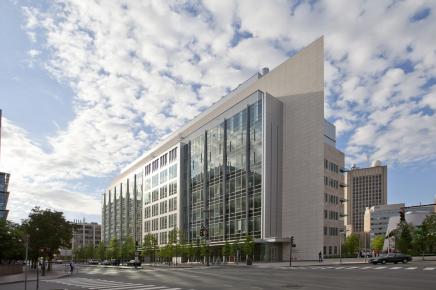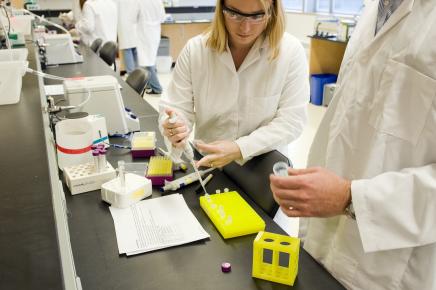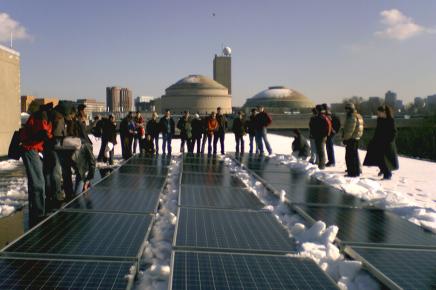MIT’s buildings support the Institute’s academic mission and demonstrate how MIT is transforming to meet future challenges. The Institute is committed to playing a leadership role in addressing the complex global issue of climate change, beginning with a careful examination of the impact of our own built environment.
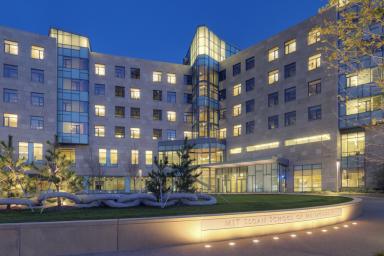
At MIT, we are working to optimize every aspect of our built environment, creating more sustainable buildings that support our academic mission, are as architecturally distinct as they are high-performing, as comfortable as they are energy efficient, and as welcoming as they are state-of-the art. All new construction and major renovation projects at MIT must earn at least Gold Certification in the Leadership in Energy and Environmental Design (LEED) v4 Rating System. When possible, MIT seeks to also exceed the requirements of LEED and to pursue other high performance design standards and industry best practices.
Integrating sustainability into campus buildings, taking action on climate
Ninety-seven percent of MIT’s greenhouse emissions are currently associated with the operation of campus building facilities. Recognizing this, we are working closely with the Department of Facilities and the MIT community to ensure that every capital project integrates sustainable strategies to reduce our carbon footprint. We seek to approach every project as a laboratory for testing performance, and advancing our knowledge of and techniques for sustainable building.
Strategies
Here are just a few of the building strategies we are working collaboratively to advance:
-
achieve LEED v4 Gold Certification for all new construction and major renovation projects on campus
-
meet the energy efficiency goals outlined in the Stretch Energy Code set forth by the City of Cambridge
-
engage in an integrated design process to benefit from the expertise of diverse stakeholders
-
optimize every aspect of every project to improve performance and find productive intersections
-
learn from each project, apply those lessons to future work, and share what we’ve learned with the campus and the wider world
-
create greener labs that optimize energy and water use, reduce waste, and minimize hazardous materials where possible
MITOS Vision for Building Design and Construction
To design, construct and renovate long-term, cost effective buildings that provide a healthy environment for its occupants while striving for net zero emissions.
MITOS is currently working collaboratively to transform the sustainability of buildings on campus via operations, education, research, and innovation in the following areas.
MIT has a number of small-scale, on-site renewal energy systems on its campus. These systems provide locally generated electricity and also offer opportunities for research and academic initiatives.
Interactive map of buildings on MIT campus that have achieved LEED Gold Certification, LEED Silver Certification, or have sustainable design features.
MITOS is part of a community of departments, labs, and centers working toward elements of a sustainable campus. Featured below are initiatives from some of our partners.
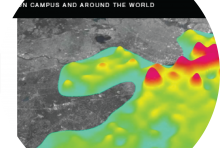
An inter-disciplinary research group with a grounding in architecture that develops design workflows, planning tools and metrics to evaluate the performance of buildings and neighborhoods.
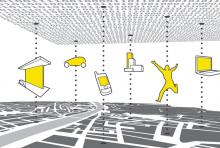
The SENSEable City Laboratory's research focuses on studying and predicting how digital technology is changing the way we describe, design, and occupy cities.
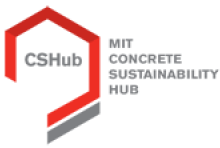
The MIT Concrete Sustainability Hub, CSHub, is a dedicated interdisciplinary team of researchers from several departments across MIT working on concrete and infrastructure science, engineering, and economics since 2009.
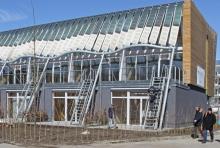
Research focused on sustainable design, energy efficiency, and material development for the built environment and large-scale infrastructure.
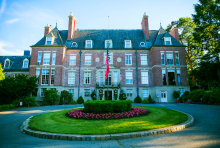
Serving as a dedicated conference center for the MIT community, as well as private organizations and corporations, Endicott House has implemented sustainability measures in its operations, event services, and on its grounds.
MIT seeks to provide state-of-the-art amenities for its faculty, staff and students. The Department of Facilities is a leader in fulfilling that objective by providing the development and construction for sustainable buildings.
EHS helps lead the way on designing laboratory spaces that are energy efficient and more sustainable; as well as leading efforts to engage building occupants to find more sustainable solutions.
Office of Campus Planning promotes planning and design excellence for MIT’s campus within its local and regional context. They undertake a range of planning and design coordination projects, from strategic planning and building feasibility studies to designer selection, ADA coordination, and capital project permits.
Photovoltaic Research Laboratory student research has helped assess the opportunities for building-mounted solar PV across campus and provided strategies for prioritizing potential sites.
Managing MIT's commercial real-estate building portfolio, MIT Investment Management Company (MITIMCo) plays a critical role in shaping MIT's built environment and has embedded sustainable design in their new construction and major renovation projects.



